Steps
in Reconciling Bank Statements
-
Get Your Records Ready
-
Match Each Transaction
-
Check for Outstanding Items
-
Identify Bank Charges or Interest
-
Fix Any Errors
-
Confirm the Final Balance
Steps in Reconciling Bank Statements
Bank reconciliation isn’t just a good habit—it’s a step-by-step process that
helps you confirm your financial records are accurate. According to bookkeeping
practice:
“Bank reconciliation involves comparing the transactions in your accounting records to those listed in your bank statement and identifying any differences.”
Let’s walk through the process in simple, beginner-friendly steps.
“Bank reconciliation involves comparing the transactions in your accounting records to those listed in your bank statement and identifying any differences.”
Let’s walk through the process in simple, beginner-friendly steps.
1. Get Your Records Ready
Start by gathering your bank
statement for the period you want to reconcile—usually a month. Then, open
your business’s cash book or accounting software. These are the two
documents you’ll compare.
2. Match Each Transaction
Go line by line and match every deposit,
withdrawal, payment, or fee on the bank statement with the
ones in your records. Check that the dates, amounts, and descriptions
match. If something appears on one but not the other, flag it for review.
3. Check for Outstanding Items
Sometimes, you’ve recorded a
transaction in your books, but it hasn’t cleared the bank yet. These are called
outstanding items—like uncashed checks or recent deposits. Make a note
of these so they don’t throw off your reconciliation.
4. Identify Bank Charges or Interest
Banks often charge service fees or
add interest that you might not have recorded yet. Add these missing items
to your records so your balance reflects the true picture.
5. Fix Any Errors
If you find typos, double entries,
or forgotten transactions—correct them in your records. The goal is to
adjust your books so they match the bank statement exactly (apart from any
outstanding items, which will clear next month).
6. Confirm the Final Balance
After matching and adjusting
everything, compare your adjusted book balance to the bank
statement’s ending balance. If they match—great! Your reconciliation is
complete.
Key Takeaways
✅ Start with your bank statement and your accounting records
side by side
✅ Match each transaction and flag differences
✅ Identify outstanding checks or deposits not yet processed
✅ Record missing charges like bank fees or interest
✅ Fix errors to make sure your books and bank statement agree
✅Once balanced, you can confidently close the books for that period
✅ Match each transaction and flag differences
✅ Identify outstanding checks or deposits not yet processed
✅ Record missing charges like bank fees or interest
✅ Fix errors to make sure your books and bank statement agree
✅Once balanced, you can confidently close the books for that period
Write your awesome label here.
Access all Accounting and Bookkeeping Courses from One Portal.
Mastering Bookkeeping and Accounting
MBA simplifies accounting, ledger management, account balancing and financial statement preparation.
QuickBooks Online For Bookkeepers
From Beginner to Expert: Master QuickBooks Online. Effortlessly Navigate, Analyze Transactions, and Unlock its Full Potential.
Xero Accounting For Bookkeepers
Learn how to use Xero, the leading online accounting software to perform most of the essential bookkeeping tasks.
ChatGpt for Bookkeepers and Accountants
Learn how to use the ChatGPT prompt toolkit to simplify daily accounting tasks for accountants and bookkeepers instantly.
Subscribe to our newsletter
Stay informed with the latest accounting tips, tools, and updates from Accountutor right in your email inbox.
Thank you!
Policy Pages
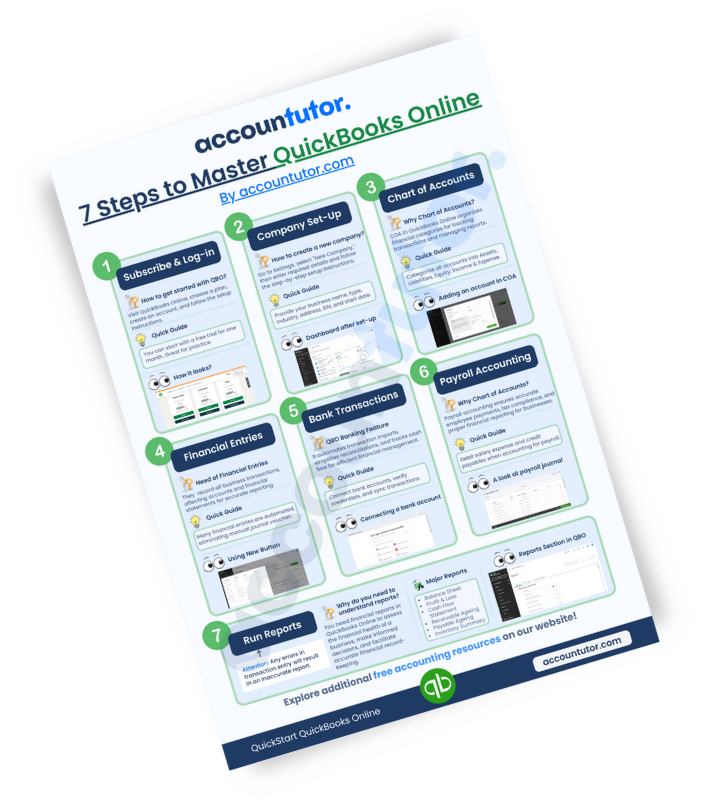
Download QuickBooks Online PDF Guide
Thank you!
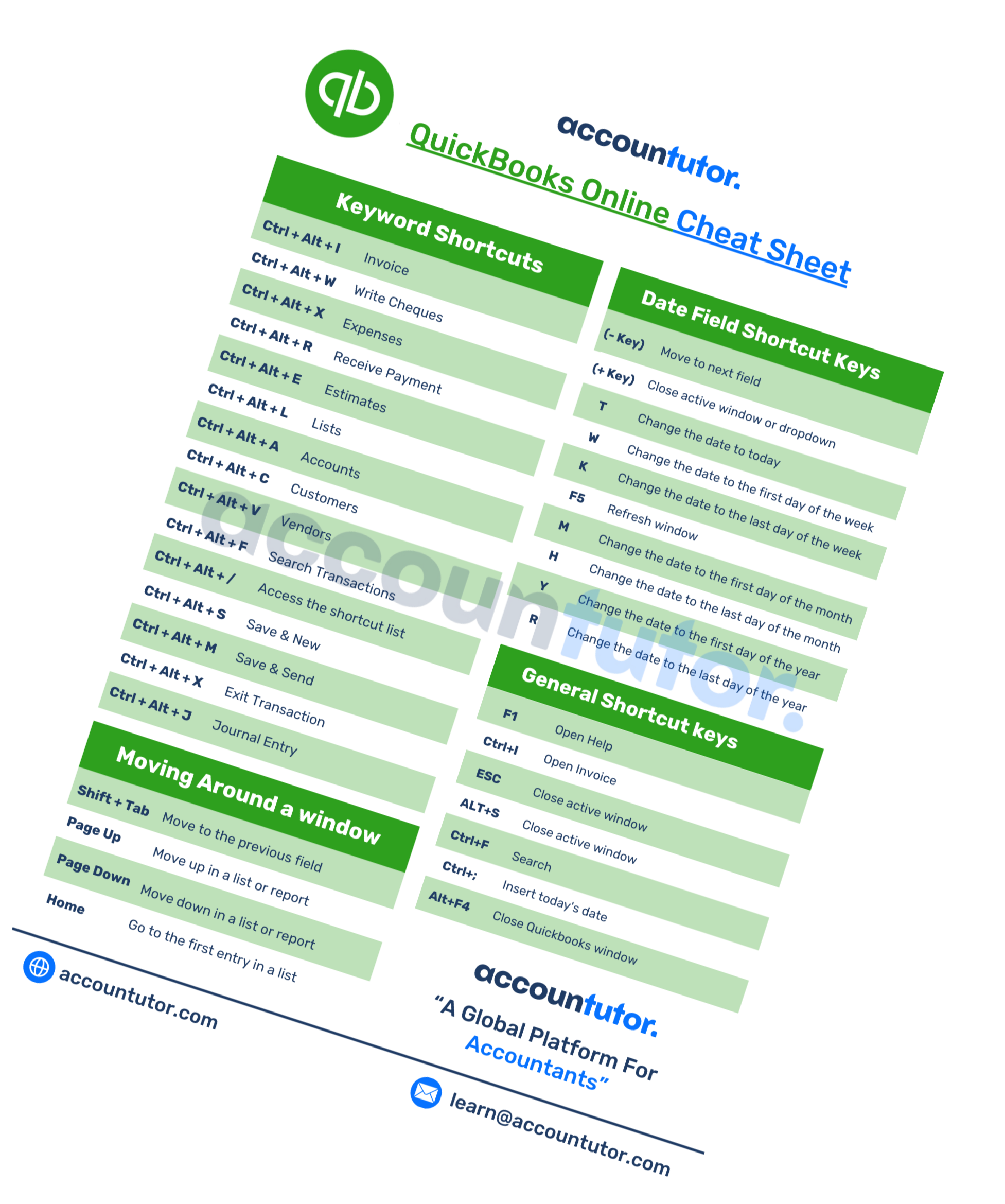
Download QuickBooks Online Cheat Sheet
Thank you!

Download ABCD of Accounting
Thank you!
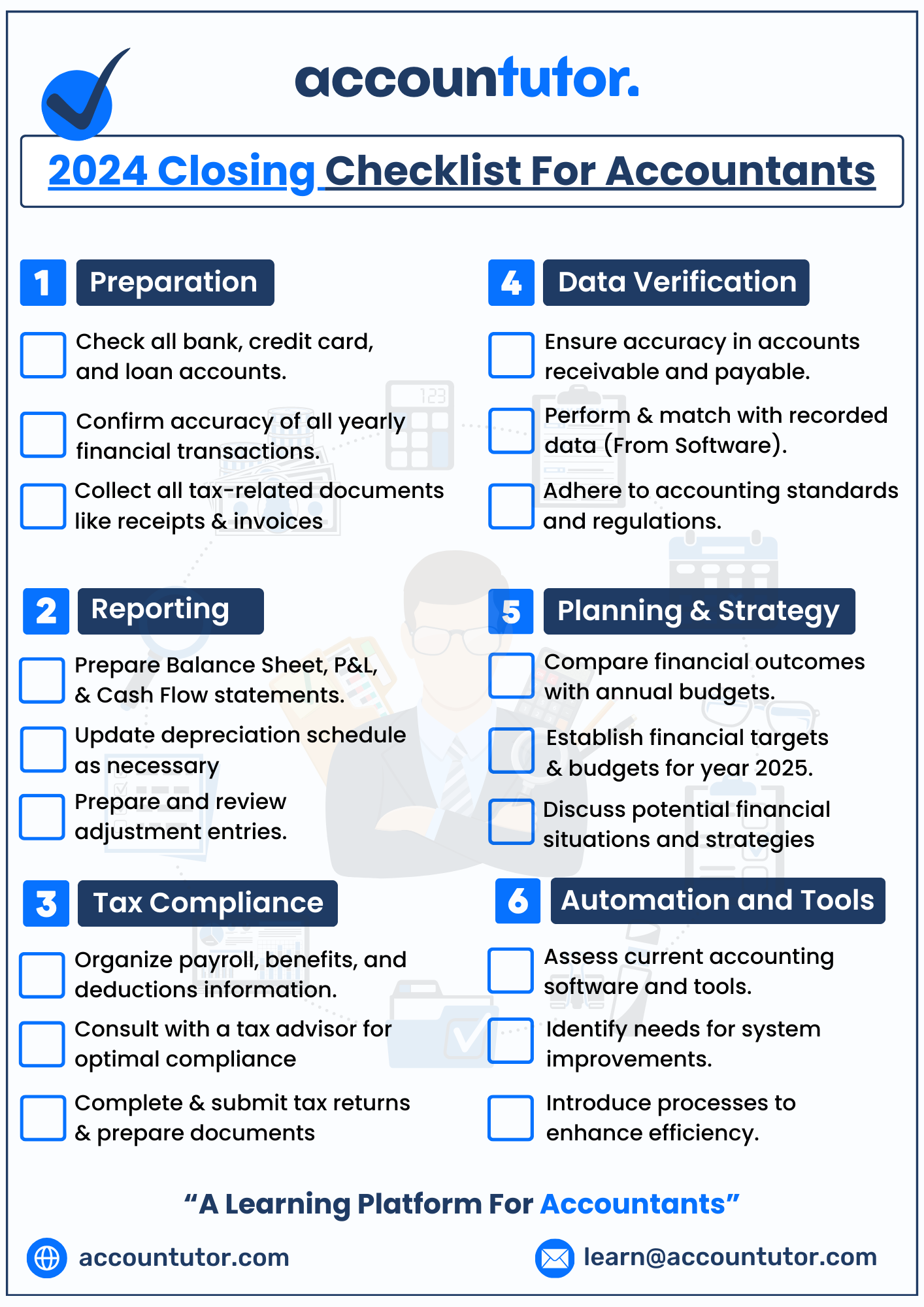
Download Checklist 2024
Thank you!
Register For Free!
Thank you!
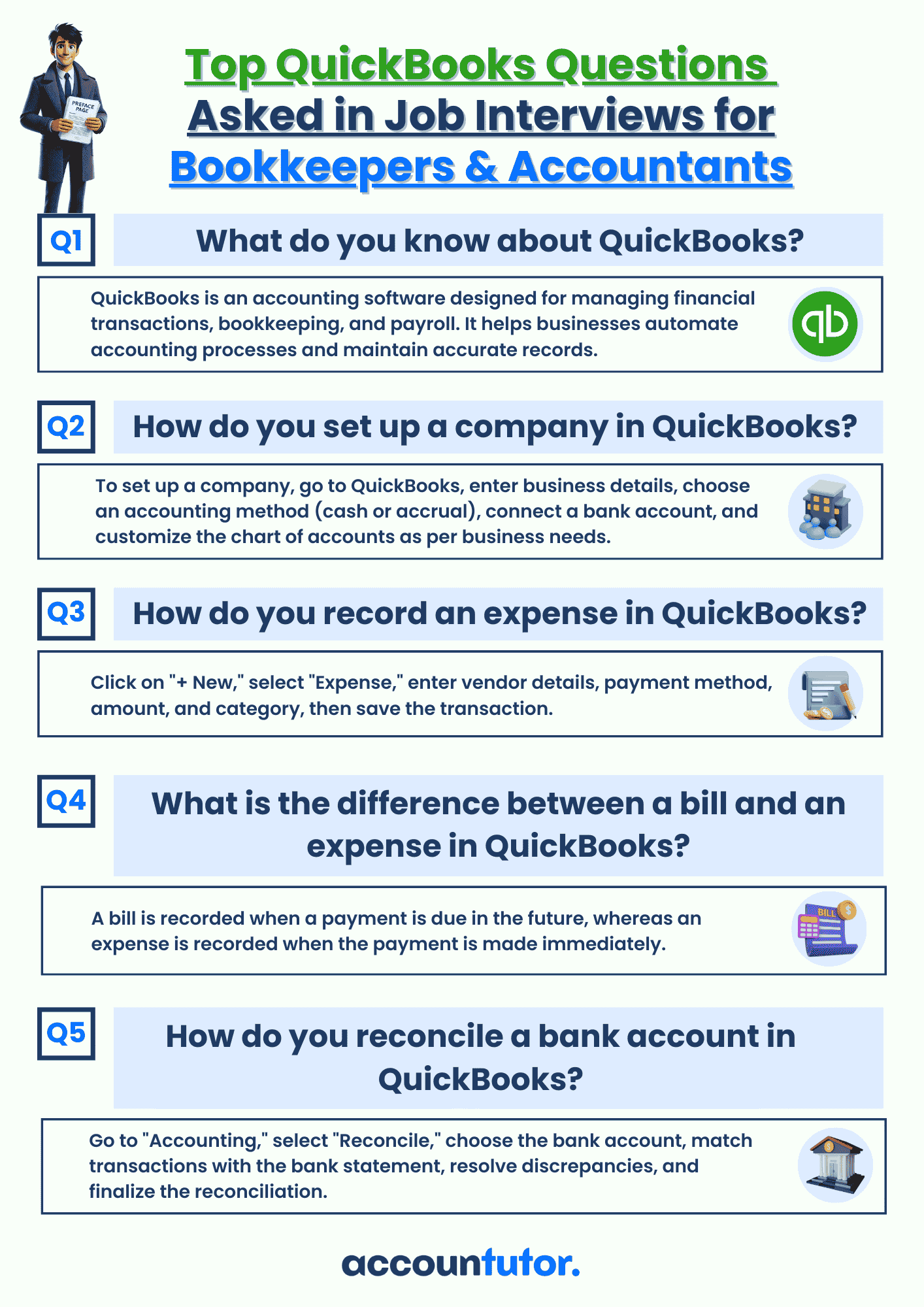
Download Interview Questions
Thank you!
Register for this webinar: How to Master QuickBooks Online— Without Feeling Overwhelmed
7th JUNE 2025 | 8:00 AM PST | 11:00 AM EST
Thank you! The joining link will be sent to your email shortly!
Webinar joining link will be sent to your email address.
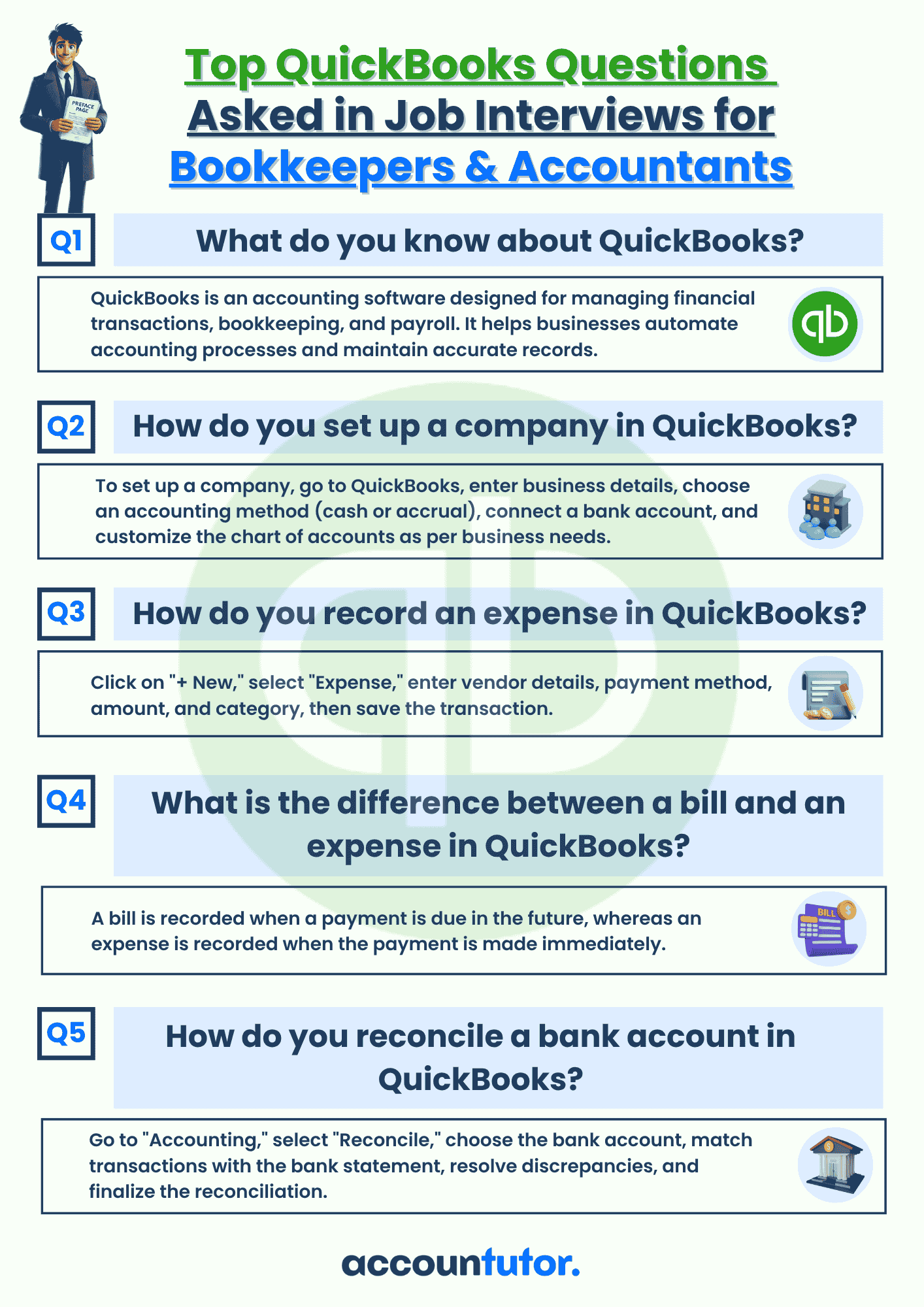
Download QBO Job Interview Questions and Answers PDF
Thank you!
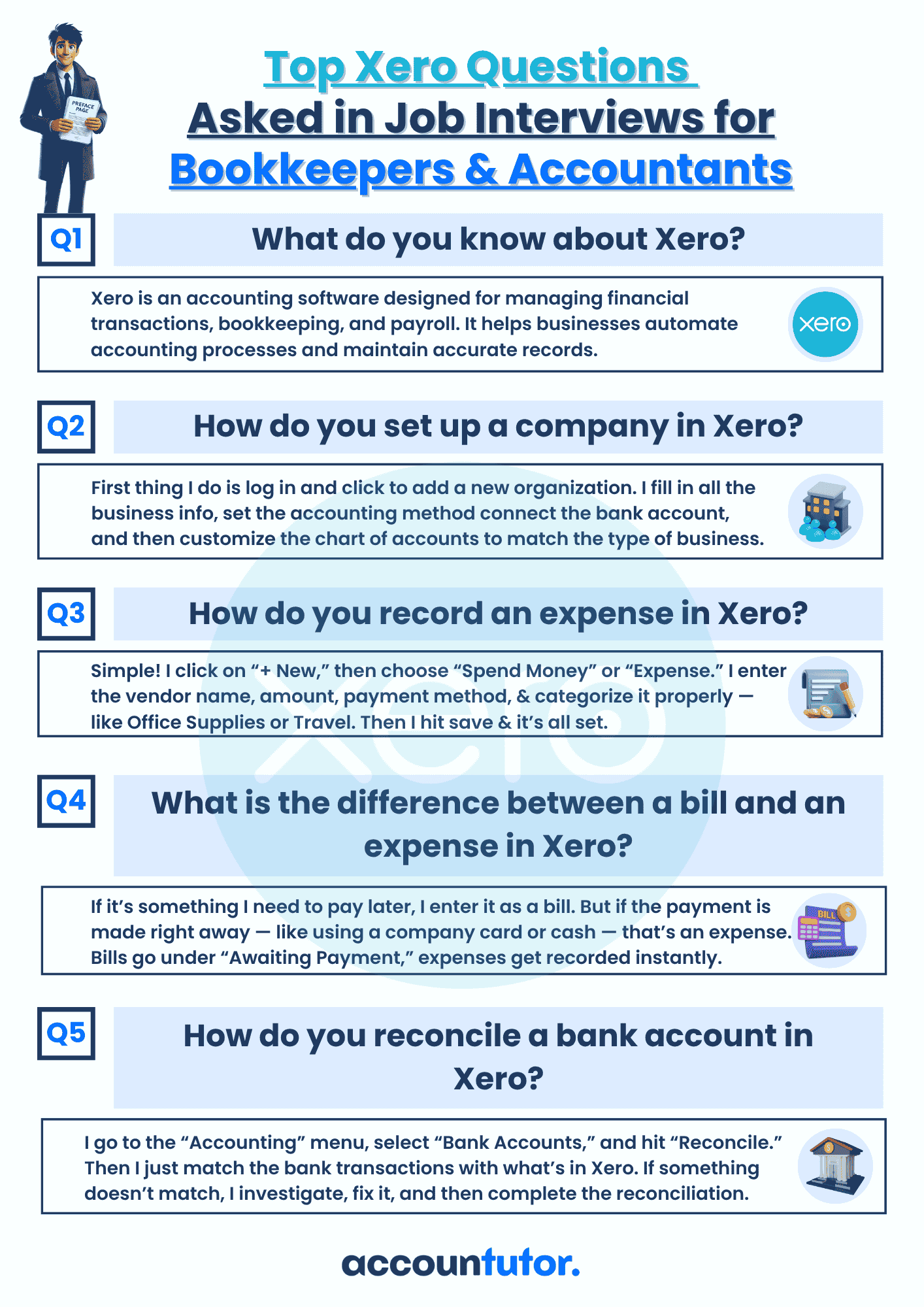
Download Interview Questions
Thank you!

Download 50 Interview Questions For Bookkeepers
Thank you!

Download QuickBooks Online Guidebook
Thank you!

